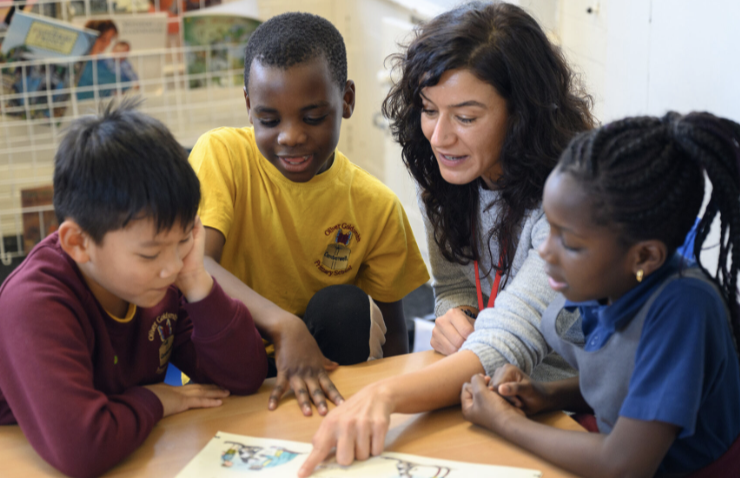
Introduction
The research discussed here was originally developed to help new arrival children in Scotland access and respond to narrative picturebooks. It drew upon Evelyn Arizpe’s innovative work on visual literacy and picturebooks, which demonstrated how children can make meaning from visuals, creating links to their life experience and knowledge of the world (Arizpe and Styles, 2003; Arizpe, Noble and Styles, 2023), but also focused on the role played by reading mediators such as teachers and librarians.
We found that when they combined an understanding of how visuals make meaning with multimodal and multilingual response strategies, children’s access to narrative meaning-making increased (Arizpe et al. 2014).
We took this work forward with colleagues in Egypt and Mexico to support reading mediators working with children and their families who identified as migrants. Children in both contexts had experienced disruptions to their schooling and, if able to access schooling, the teachers and mediators often had to work with multilingual groups of children of different ages and with diverse literacy experiences.
We opened discussions with diverse mediators on the possibility of adapting and extending the original multimodal/multilingual 'response to texts' strategies for use with displaced children and their families. Over the past 10 years, we have consolidated this work to create a toolkit that can be used by reading mediators working across the globe in similar situations of precarity, disruption and violence.